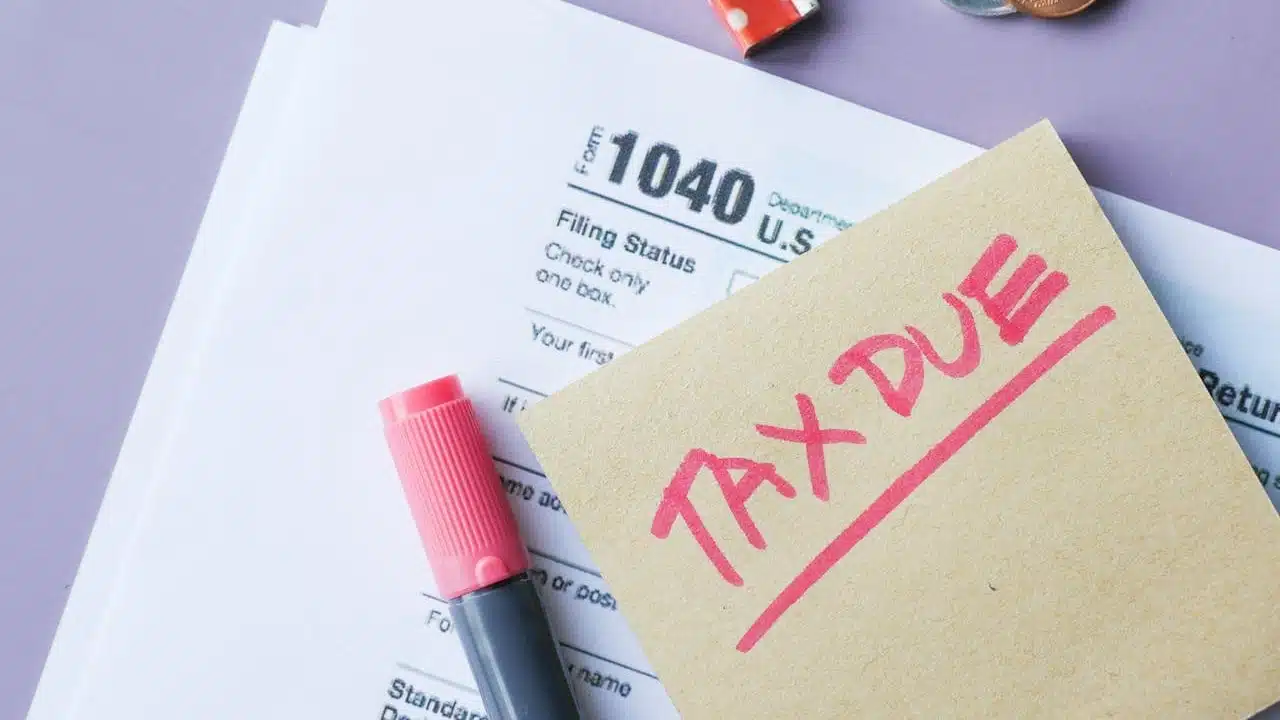Failure to File Penalty: How to Slash Fees in 5 Simple Steps
Tax season can feel like a marathon, and sometimes, life gets in the way. Whether you’re overwhelmed, forgot the deadline, or simply didn’t have the funds to pay, missing your tax filing date can lead to the Failure to File Penalty. This penalty is no small fee – it’s 5% of your unpaid taxes each month, up to a maximum of 25%. Add daily compounding interest, and it’s easy to see how this penalty can snowball into a financial nightmare .
But here’s the silver lining: you don’t have to accept these fees as a done deal. With the right approach, you can reduce or even eliminate the failure to file penalty. Let’s walk through five actionable steps to help you slash these fees and regain control of your finances.
Step 1: File immediately (even if you can’t pay)
The moment you file your tax return, the clock stops on the failure to file penalty. Even if you’re months late, submitting your return halts the penalty from growing further. While the penalty caps at 25% of your unpaid taxes, interest will continue to accrue until you pay your balance in full .
What to do:
- Consult a tax professional if you’re unsure how to proceed. Their expertise can help you navigate the filing process smoothly and ensure you meet all requirements.
- File electronically for faster processing and confirmation. E-filing also reduces the risk of errors that can delay your return.
- Include form 4868 if you had an extension. This form proves you made an effort to meet the deadline, which can work in your favor if you need to request penalty relief later .
Pro Tip: If you’re due a refund, the IRS won’t penalize you for filing late. However, you only have three years to claim your refund, so don’t wait too long .
Step 2: Pay as much as you can now
The IRS rewards taxpayers who make an effort to pay, even if they can’t cover the full amount. Every dollar you pay reduces the balance subject to penalties and interest. For example, if you owe $10,000 and pay $3,000 upfront, penalties and interest will only apply to the remaining $7,000 .
Options for payment:
- Direct pay: Send funds directly from your bank account (no fees).
- Credit card: Use IRS-approved processors (fees apply).
Apply for a short-term extension if you need 180 days or less to pay your balance .

Key Insight: The failure to pay penalty is 0.5% monthly – significantly lower than the failure to file penalty. This means prioritizing filing your return first, then chipping away at the balance, can save you a lot of money .
Step 3: Set up an IRS payment plan
If paying your tax bill in full isn’t feasible, the IRS offers installment plans to help you spread payments over months or years. Better yet, signing up for a payment plan cuts the failure to pay penalty in half (from 0.5% to 0.25% monthly) .
How to apply:
- Online: Use the IRS online payment agreement tool.
- By mail: Submit Form 9465.
- In person: Visit an IRS office for assistance .
| Plan type | Fee | Best for |
|---|---|---|
| Short-Term (≤180 days) | $0 | Small balances (<$50k) |
| Long-Term (Direct debit) | $31 | Larger debts, automatic payments |
| Long-Term (Manual pay) | $130 | Flexibility in payment timing |
Note: Fees are waived for low-income taxpayers, so don’t hesitate to explore this option if you’re struggling financially .
Step 4: Request penalty relief
The IRS isn’t as rigid as you might think. If you have a clean history or a valid excuse, you might qualify for penalty abatement, which can reduce or eliminate your failure to file penalty.
Two ways to get relief:
- First-time abatement (FTA):
- Available if you’ve had no penalties in the past three years.
Requires all returns filed and taxes paid or arranged .
- Reasonable cause:
- Examples: Natural disasters, serious illness, or IRS errors.
Submit proof (e.g., medical records, insurance claims) .
Case Study: After Hurricane Laura in 2024, the IRS automatically waived penalties for affected taxpayers in disaster zones. If you’ve faced similar hardships, you might qualify for relief .
Step 5: Dispute errors or unfair penalties
Mistakes happen – even the IRS makes them. If you receive a penalty notice for a return you filed on time or paid in full, fight back.
How to appeal:
- Call the IRS using the number on your notice.
- Submit a written letter with evidence (e.g., certified mail receipts, bank statements).
- File form 843 to formally request abatement .
Warning: Interest keeps accruing during disputes. If you can afford to pay the balance, do so to stop the interest, then seek a refund .
How the failure to file penalty stacks up
Let’s break down the math to see how quickly the failure to file penalty can add up. Suppose you owe $5,000 and file three months late:
- Failure to file penalty: 5% × 3 months = 15% ($750)
- Failure to pay penalty: 0.5% × 3 months = 1.5% ($75)
- Total penalties: $825 + interest (currently 8% annually) .
By filing immediately, you’d avoid $750 in fees. That’s a significant savings just for taking action.
FAQs: Quick answers to common questions
Q: Can the IRS forgive penalties entirely?
A: Yes! First-time abatement and reasonable cause are your best bets for getting the failure to file penalty waived .
Q: What if I can’t afford a payment plan?
A: The IRS offers currently not collectible status for severe financial hardship. This temporarily pauses collections until your financial situation improves .
Q: Does the penalty apply if I’m getting a refund?
A: No – but file within three years to claim your money. After that, the IRS keeps your refund .
Final thoughts: Take control of your tax debt
The failure to file penalty doesn’t have to be a financial death sentence. By filing promptly, negotiating payments, and seeking relief, you can slash fees and avoid IRS nightmares. Remember: Action beats inaction. Even small steps – like submitting your return or paying $50 – can save you hundreds down the line.
If you’re feeling overwhelmed, the IRS has free resources to help, or you can consult a tax professional for personalized advice. Your wallet will thank you.





